
Chinese cuisineis famous world-wide. Almost every town has a Chinese restaurant serving popular dishes and in cities many now offer special delicacies from the various regions of China.
So while most of us have tried and enjoyed Chinese food at restaurants, far too few people know how quickly and easily we can prepare these delicious meals ourselves at home.
The Chinese, over several millennia, have developed recipes for almost every living creature using ingredients which are hard to obtain outside China, but these are the exceptions. There are many great meals that we can make using things we already have in the cupboard or can be bought in a supermarket. The basics are:
- soy sauce (thick & thin)
- hoisin sauce
- chinese five spice
- sesame oil
- fresh ginger
- rice
Of course there are many other items, some of which can be substituted – for example dry sherry instead of Chinese rice wine – but a trip to your local Asian food-store can be useful, informative and fun.
Cooking Equipment
The majority of Chinese dishes are made using woks and bamboo steamers. A Wok is a must if you want to get into Chinese cooking – and they’re very useful for other cuisines too. The hemispherical ones are only suitable for gas hobs, if you use electric then make sure you get a flat-bottomed wok. The food needs constant stirring during cooking – the Chinese use special shovel-like bamboo chopsticks but a flat wooden spoon will do.
Preparation
Chinese cooking is rather different to European. Most of the time is spent in preparation – the actual cooking time is just a few minutes. The raw materials are cut into small pieces or thin strips, so that during the short frying time they retain their characteristic colour, consistency and taste. Meat and fish are generally cut into small squares or ‘fingers’. Vegetables are cut even smaller either straight or diagonally. It is important to have all the pieces of a similar size so they cook at the same time. The cooking is then usually in a wok. Ovens are almost never used in China – even cakes are made in a bamboo steamer! Occasionally they may use slow steaming or deep frying but by far the most common is fast cooking in shallow oil i.e. stir-frying, when vegetables are cooked in a few seconds and meats in 1 or 2 minutes.
Seasoning
Seasoning is usually carried out during the cooking. If marinating, it’s quite quick – a maximum 20-30 minutes – because the Chinese principle is that the natural flavour of the ingredients should be spared, not suppressed. Seasoning is generally using soy sauce, before and during cooking, and often sesame at the end. The flavouring continues at the table with several different sauces.
The Meal
The Chinese eating habits are also rather different to European. Not only chopsticks instead of knives & forks, but also in the use of small bowls rather than plates. Everything tends to be shared and there are no ‘courses’ as such – all the dishes come at once. Traditionally, a menu consists of at least rice &/or noodles, soup, vegetables and fish &/or meat dishes. However, the soup is consumed as a drink (in a cup) between the different dishes – other beverages are not consumed during the meal but it ends (and sometimes begins) with Chinese tea. Sweets or cakes are not typically part of a main meal – these and other snacks are served during the day with Chinese tea. More about the Chinese tradition of drinking tea >>
At Celebrations and banquets the dishes are served like courses one by one – with the soup and rice dishes usually the last – and drinks are served with them. Such an occasion is the shared family meal on Chinese New Year’s Eve which is especially important.
We will be publishing a series of articles on:-
- Chinese food: buying & preparation
- Basic cooking techniques
- Using a Wok
- Chinese meals
- Chinese tea traditions



















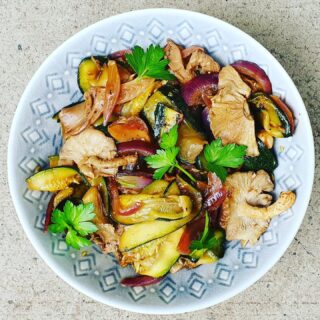




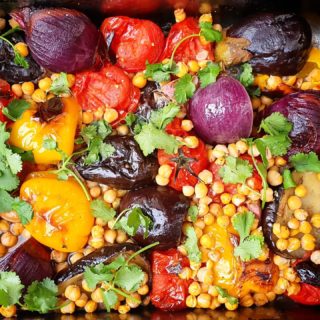



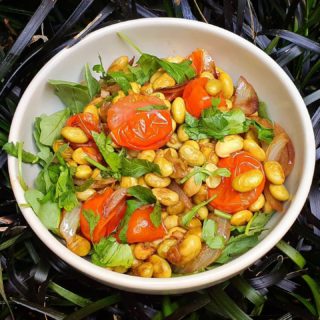







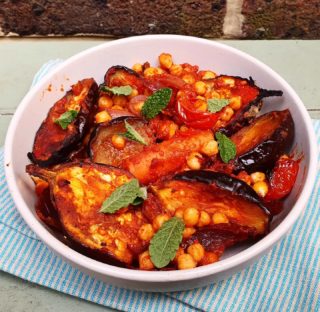





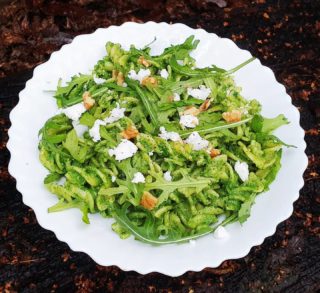

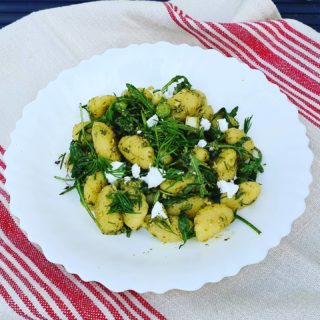



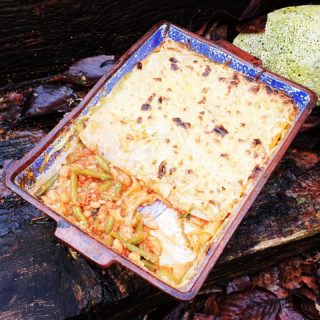

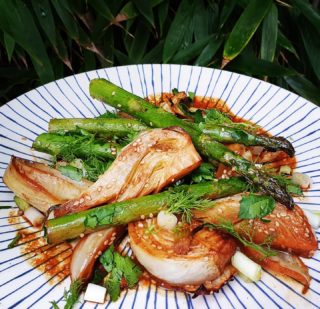






No comments yet.